Are you interested in a sustainable and eco-friendly way to grow your garden? If so, permaculture plants may be the right choice for you.
Permaculture is a form of agriculture that focuses on sustainability. It is both an ecological and ethical approach to farming, which uses minimal resources and works with nature instead of against it. Permaculture plants include native species that can withstand mainly all weather conditions, require little maintenance, and have high production rates with minimal inputs.
In this article, we’ll discuss the benefits of using permaculture plants and learn more about some plants you can use best for permaculture. We’ll also look at different techniques for growing permaculture plants so you can create an ideal self-sustaining environment in your backyard.
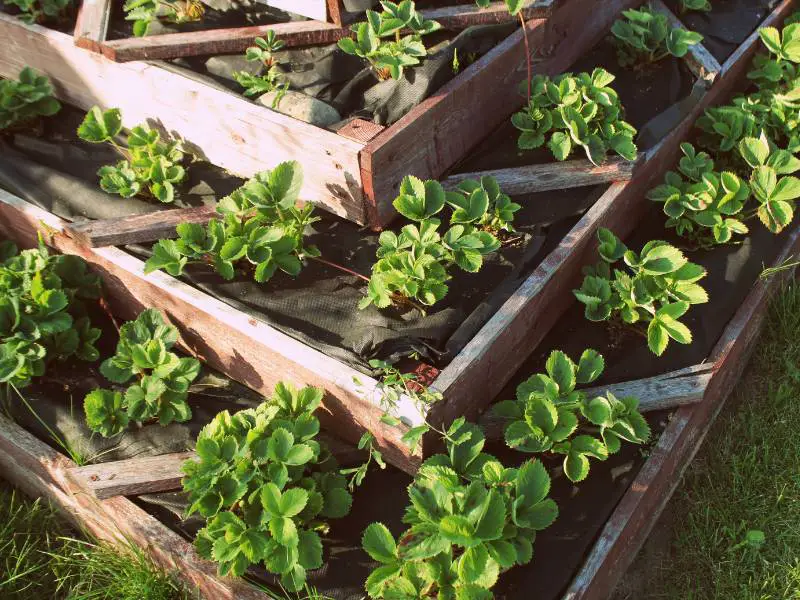
What are Permaculture Plants?
Permaculture plants are plants or crops that are chosen for their potential to grow sustainably in ecosystems based on their qualities. This ensures the greatest possible result for gardeners as well as the earth. This category of plants includes; drought-resistant plant species, companion plants that assist pollination or pest management, soil-building plants, and species that accumulate nutrients.
Understanding the Roles Played by Permaculture Plants
Permaculture plants have a variety of tasks in a permaculture system, including supplying food, medicine, and other resources for people and animals, improving soil health, producing microclimates, and promoting biodiversity. Typical permaculture plants include perennial plants, nitrogen fixers, dynamic accumulators, and companion plants.
For example, fruit trees and berry bushes are perennial plants that offer a long-term food supply. Nitrogen fixers like clover and beans aid in soil fertility. Comfrey and dandelions, for example, are dynamic accumulators that help to mine nutrients from deep in the soil and make them accessible to other plants. Marigolds and nasturtiums, for example, can assist in discouraging pests and promoting the health of other plants.
Where Can You Do Permaculture?
Permaculture is not a closed system; its concepts and practices may be used by anybody, anywhere:
- City apartments
- Window boxes
- Country houses/garden
- Community spaces
- Farms and estates
- Countryside and conservation areas
- Commercial and industrial premises
- Educational establishments
- Waste ground
Permaculture teaches us to be resourceful and self-sufficient. It is not a dogma or a religion but rather an ecological design system that assists us in finding answers to the various challenges we face, both locally and worldwide.
Related: Designing a Permaculture Garden, Best Permaculture Books
Plant Selection Criteria for a Permaculture Gardening
When designing a sustainable garden, permaculture is an ideal choice. Permaculture plants are native species that are hardy and require little maintenance while providing high production rates with minimal inputs. This agriculture focuses on sustainability by using fewer resources and working in harmony with nature instead of against it. Choosing the proper plant selection criteria for your garden will help create a beautiful yet eco-friendly space.
- Weather Tolerance/Hardiness Zones: Native plants used in permaculture are hardy, meaning they can tolerate various weather conditions and require little maintenance for high production rates. This makes them ideal for planting in different climate zones across the country.
- Soil Conditions and Nutrient Requirements: Soil conditions are essential for the success of permaculture; soils need to be nutrient-rich to support healthy growth and development while also providing efficient water retention levels.
- Maintenance Requirements: Permaculture is an ecological and ethical form of agriculture that focuses on sustainability. It uses native plants requiring minimal maintenance, can withstand most weather conditions, and have low production rates with little input.
- Water Efficiency & Soil Conservation: Water efficiency and soil conservation are essential in plant selection criteria for permaculture gardening. These two factors are crucial for the long-term sustainability of the garden.
- Cyclical Nutrient Cycling: Incorporating perennial crops for long-term fertility building within the soil and an annually growing cover crop to bring essential nutrients back into the system.
- Produce More Foliage: Plants with a lot of foliage are excellent for making mulch in a permaculture garden. Some plants function as living mulch, retaining soil moisture and blocking weed sunlight. Others are clipped and then spread as mulch on the ground.
Best Permaculture Plants
There is no definite list of the best plants for a permaculture garden since the appropriate plants will vary based on the area’s temperature, soil, and water requirements. However, the following plants are typically well-suited to permaculture gardening:
1. Hazelnuts
Hazelnuts are an attractive option for gardens because they have advantages that connect with permaculture principles. For starters, hazelnuts are a high-yielding and nutrient-dense food item that can be consumed raw or cooked in several ways. Furthermore, hazelnuts belong to the Nitrogen-fixing family, which means they can fix nitrogen from the air and make it accessible to other plants in the region. This contributes to increased soil fertility and plant development in the garden. They also offer animals habitat and food.
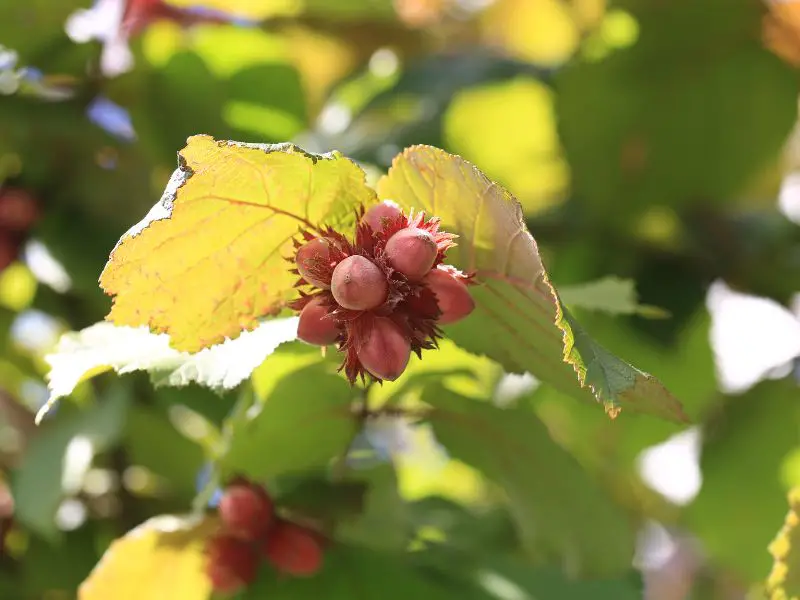
2. Mulberry
Mulberry trees boost the ante by being beneficial in various ways. Mulberries are sweet and tasty, but their lack of economic success is due to their fragility. The trees develop rapidly in size and strength, with branches offering excellent animal habitats. The leaves are large and thick, making them ideal for providing shade, ultimately making for excellent mulch. It’s a great plant for reforestation efforts, particularly in areas distant from the home where fruit-dropping won’t stain anything.
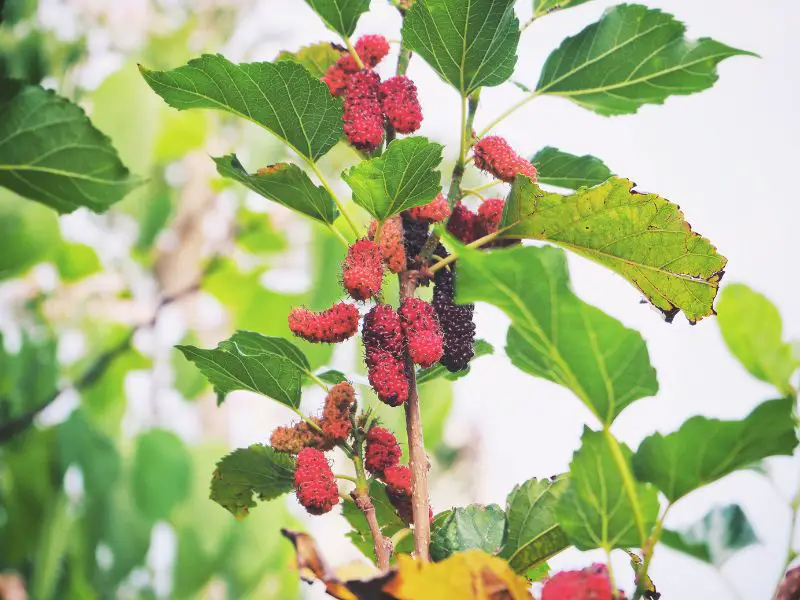
“Permaculture teaches us to embrace change, to value the marginal, and to use small and slow solutions.”
— Geoff Lawton, Permaculture Designer
3. Comfrey
Comfrey is a valuable permaculture plant. It proliferates, reaching up to 6 feet tall, and produces large leaves that you can harvest for fertilizer or mulch. Comfrey has deep roots that help it access nutrients from the soil and also help break up hard soils so other plants can grow better. The flowers attract bees and other pollinators, making comfrey an essential part of any garden ecosystem. While not edible, this plant has long been prized for its therapeutic properties, but it has gained much greater recognition for its beneficial impact on other plants.

4. Moringa
Moringa is an excellent permaculture plant! It’s a fast-growing tree that you can use for many purposes. Its leaves are nutritious; you can eat it raw or cooked, while its seeds produce oil. Flowers and pods also have medicinal properties. Moringa proliferates in warm climates, making it perfect for tropical gardens. Plus, the roots help to aerate the soil and improve water retention – great news for gardeners looking to make their companion plants thrive!

“The greatest change we need to make is from consumption to production, even if on a small scale, in our own gardens. If only 10% of us do this, there is enough for everyone.”
— Bill Mollison
5. Bamboo
Bamboo is an excellent permaculture plant. It’s fast-growing, which anyone can use for many purposes, such as building materials and food sources. Bamboo also helps to protect the soil from erosion by providing a solid root system that holds it in place. Additionally, bamboo absorbs carbon dioxide from the atmosphere, which helps reduce climate change effects. Finally, bamboo provides a habitat for wildlife like birds and small mammals while still being easy to manage with regular pruning or harvesting of its shoots every year. With a suitable climate, it will thrive exceptionally well; sometimes, it can double within a year.
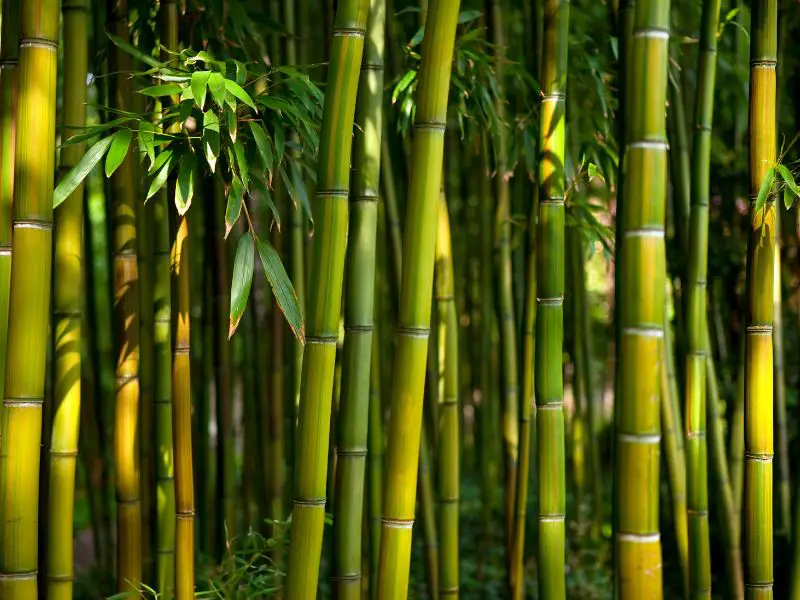
6. Pigeon Pea
Pigeon peas are renowned as a perennial permaculture legume, prized for their high protein content and soil-fixing and chop-and-drop mulching properties. It barely reaches a height of a few meters and has a lifetime of four to five years, making it an ideal early component for those establishing a food forest or setting up a new planting area.

“When we heal the earth, we heal ourselves.”
— David Orr, Environmental Educator and Author
7. Red Clover
Red clover benefits the soil and offers what other food-producing plants need to produce a successful crop. Clover enters the list as an excellent groundcover, a plant that keeps the soil from drying up and degrading in the sun. Red clover is especially beneficial since it is almost entirely edible, attracts animals, and has been used for medicinal purposes for generations.
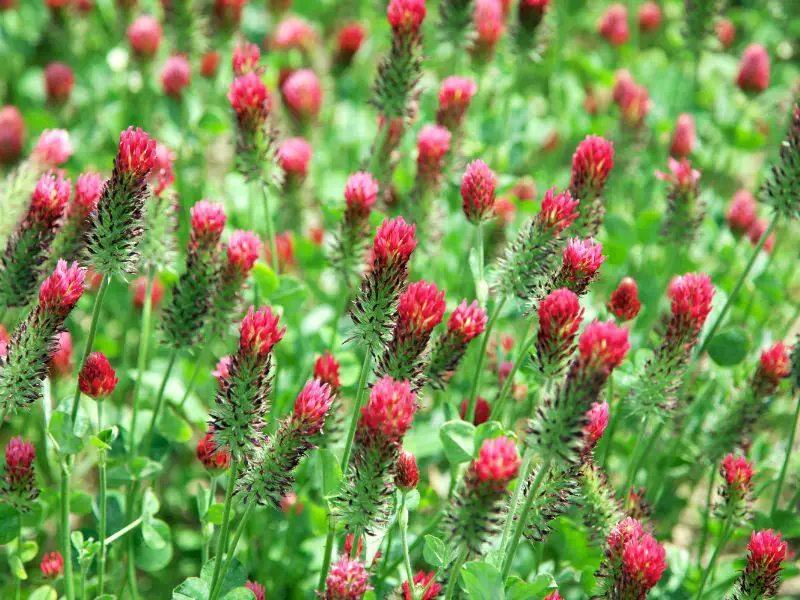
8. Echinacea
Echinacea is widely renowned for its therapeutic benefits and is a bee and butterfly magnet! To top it all off, they are aesthetically pleasing in the winter and offer a much-needed food source for birds throughout the cold season. These hardy plants can withstand harsh weather conditions and thrive in colder climates, making them ideal for creating an attractive outdoor space that will last throughout the year!
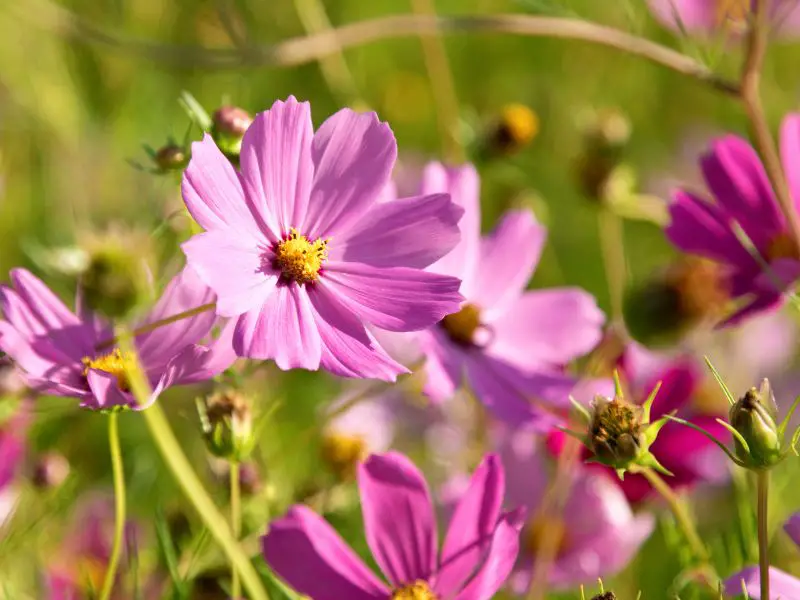
“The ultimate goal of farming is not the growing of crops, but the cultivation and perfection of human beings.”
— Masanobu Fukuoka, Pioneer of Natural Farming
9. Borage
With its extensive taproots, Borage is an excellent plant for extracting nutrients from the soil. It also acts as an accelerator in your compost heap, increasing the temperature of the heap as it decomposes. Besides the fact that you can use its blooms in salads, bees are fond of them.

Frequently Asked Questions (FAQs)
What role do plants play in permaculture?
Plants are fundamental in permaculture systems, serving various purposes, such as providing food, habitat for wildlife, soil improvement, and supporting ecosystem diversity.
Can I grow permaculture plants in containers or small spaces?
Yes, permaculture principles can be applied to container gardening and small spaces using dwarf or compact varieties of permaculture plants.
What is “companion planting” in permaculture?
Companion planting is the practice of placing plants together in a way that benefits one or both plants, such as deterring pests or improving soil fertility.
How can I start incorporating permaculture plants into my garden?
Begin by researching native and climate-appropriate permaculture plants for your region, considering their functions and relationships within your garden ecosystem.
Are permaculture plants organic and pesticide-free?
Permaculture practices often prioritize organic and pesticide-free gardening methods, focusing on natural pest control and soil health.
Bottomline
Permaculture gardening is a holistic approach that aims to mimic natural ecosystems and create a sustainable and self-sufficient environment. By choosing plants well-suited to your local climate and soil conditions, you can create a permaculture garden that is both productive and resilient. Happy gardening!


2 thoughts on “Permaculture Plants: The Key to Creating a Sustainable and Resilient Garden”